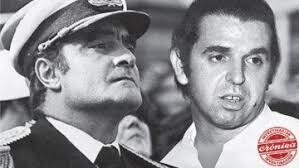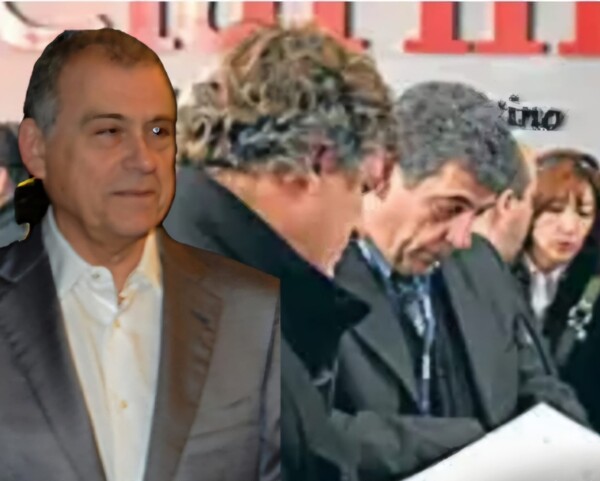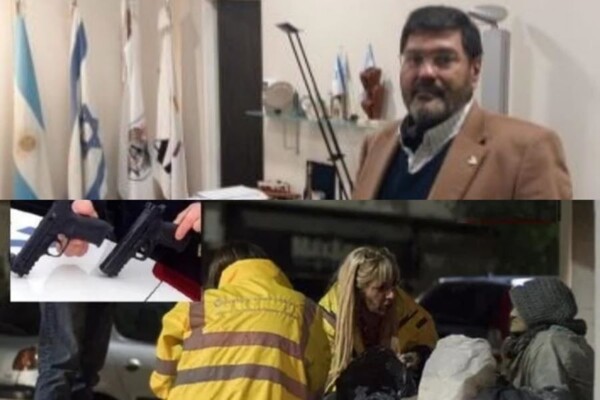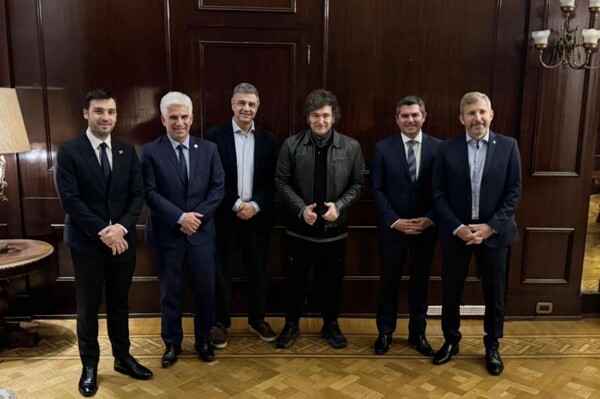
The pact between the Montoneros and General Carlos Guillermo Suárez Mason allowed attacks in public places of Capital and Greater Buenos Aires to be carried out without consequences for the terrorists. This agreement also involved Massera, who had ties to Propaganda Due. An example was the kidnapping and disappearance of the Argentine ambassador to Venezuela, Héctor Hidalgo Solá, after learning about a meeting.
In this context, there were successive attacks, such as the shooting against Juan Alemann in Belgrano and the machine-gunning of Guillermo Walter Klein's house near the presidential residence of Olivos. These acts aimed to destabilize the country and pave the way for Massera to the presidency. The Montonera Counteroffensive, which involved eliminating the economic team, was part of this strategy.
The alliance between Montoneros and Massera was lethal for those who knew the details. Several individuals were murdered or brutally tortured, like Horacio Gándara or Marcelo Dupont. This indiscriminate violence evidenced the danger of having information about the agreement between the terrorists and the Navy.
Firmenich, the leader of Montoneros, has returned to public opinion recently, recalling a dark phase of Argentine history. His connection with Massera has been a matter of speculation and suspicion, especially due to the violent acts perpetrated by the terrorist organization.
The history of the Montoneros, their relationship with Massera, and the crimes committed in their name continue to be a topic of debate and reflection in Argentine society. The consequences of that era still resonate in the collective memory, reminding us of the fragility of peace and stability when personal and political interests intertwine in a sinister manner.













